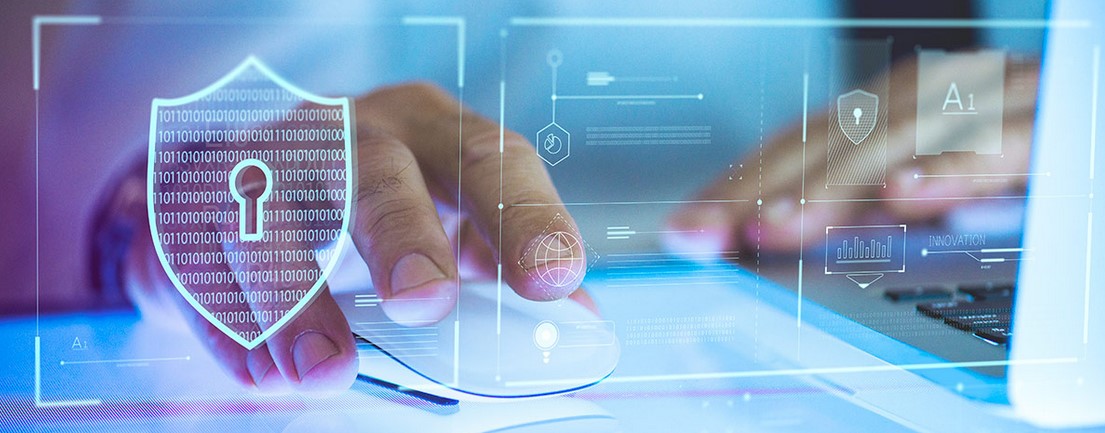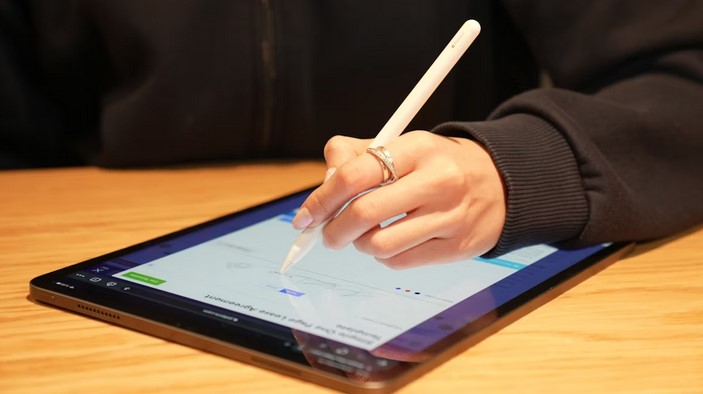
The advent of IoT wearable tech has revolutionized the way we approach health, fitness, and lifestyle management. These devices, powered by the Internet of Things (IoT), seamlessly connect to our smartphones, smart homes, and other digital platforms, providing a vast range of data and functionalities that enhance our daily lives. Whether it’s tracking physical activity, monitoring heart rate, or providing real-time notifications, IoT wearable tech is becoming an integral part of modern living. As technology continues to evolve, these devices are moving beyond fitness and into broader applications, creating a future where health, lifestyle, and smart living converge in ways we once thought impossible. In this article, we will explore the impact of IoT wearable tech on health, lifestyle, and how it’s bridging the gap between smart devices and our everyday lives.
The Role of IoT Wearables in Health Monitoring
The most significant impact of IoT wearable tech has been in the realm of health and wellness. With the ability to monitor vital signs like heart rate, blood oxygen levels, sleep patterns, and even stress levels, wearables have become an essential tool for both fitness enthusiasts and those managing chronic health conditions. These devices provide real-time data, allowing users to make informed decisions about their health and wellbeing.
1. Health Tracking and Disease Prevention
IoT wearables are equipped with sensors that can track a wide array of health metrics. Fitness trackers like Fitbit, Garmin, and Apple Watch are already designed to track steps, calories burned, and heart rate. However, more advanced wearables, such as the WHOOP Strap or the Oura Ring, monitor deeper health metrics like respiratory rate, body temperature, and blood oxygen saturation.
For individuals with chronic conditions, wearables can provide early warnings about potential health issues. For example, devices that measure blood pressure or monitor glucose levels can alert users when a significant change occurs, allowing them to take preventive actions before a more serious condition develops. Some smartwatches are even capable of performing an ECG (electrocardiogram), which can help detect signs of heart conditions like arrhythmia. These early warning capabilities enable users to seek medical advice promptly, potentially saving lives.
2. Personalized Health Insights
IoT wearables are not just about tracking data; they are also becoming more intelligent in interpreting that data. By analyzing trends and offering personalized insights, these devices act as health coaches, helping users to optimize their fitness and wellbeing. For instance, wearables can suggest adjustments in workout routines based on the user’s recovery rate or provide sleep tips based on patterns detected during rest periods.
The ability of these devices to learn from data over time is opening the door to more personalized health management. In the future, IoT wearables could even play a role in predictive health, alerting users to potential future health issues before they manifest, thus creating a proactive rather than reactive approach to healthcare.
IoT Wearables and Smart Living: A Seamless Integration
While health monitoring is a primary feature of IoT wearables, these devices also play a significant role in smart living. The integration of wearables with other smart home technologies—such as smart lights, thermostats, and voice assistants—has ushered in a new era of connected living. IoT wearables act as hubs for smart home ecosystems, providing users with more control over their environment and daily routines.
1. Smart Home Control at Your Fingertips
One of the most exciting aspects of IoT wearables is their ability to interact with other smart devices in the home. For instance, smartwatches and fitness trackers can sync with a home’s smart thermostat, adjusting the temperature when you’re near or away from home, based on your location. Imagine getting a notification on your wrist as you leave the office, reminding you that your home’s heating system is adjusting to your preferred settings.
Other smart home integrations include controlling lighting, security systems, and even appliances. By leveraging IoT wearables, users can unlock their doors, control the TV, or turn off appliances with simple gestures or commands. The integration between wearables and smart home technology makes everyday tasks more convenient and efficient, contributing to a more streamlined lifestyle.
2. Voice Assistants and Wearables: A Natural Pairing
Voice assistants like Alexa, Google Assistant, and Siri have already gained a foothold in the smart home market. However, when paired with IoT wearables, these assistants become even more powerful. Through wearables like smartwatches or rings, users can access voice commands on the go, allowing them to control their environment hands-free, whether it’s answering a call, setting a reminder, or managing smart appliances.
The seamless connection between IoT wearables and voice assistants helps make a smart home truly smart by adding a layer of convenience and accessibility. For instance, smartwatches can notify you of a visitor at the door through your smart doorbell, and with a simple voice command, you can unlock the door, all without having to pull out your phone.
The Future of IoT Wearable Tech: A Vision of the Connected World
As we look toward the future, the potential of IoT wearable tech seems almost limitless. Already, we’ve seen these devices transform health and lifestyle, and as technology continues to advance, wearables will become even more integrated into our lives. From health diagnostics to fully connected homes, the next generation of wearables will push the boundaries of what we can achieve with this technology.
1. Advancements in Health Monitoring
In the coming years, we can expect even more advanced health monitoring capabilities from IoT wearables. For example, future wearables may be able to monitor blood pressure, glucose levels, and cholesterol, providing continuous health assessments. Real-time health monitoring could eventually become a critical tool for doctors to track patients remotely, reducing the need for in-person visits and enabling more efficient healthcare delivery.
Moreover, wearables may integrate AI and machine learning to predict health events like seizures, strokes, or heart attacks based on real-time monitoring of vital signs. Such predictive capabilities would be transformative in early disease detection and management.
2. Enhanced Smart Living Capabilities
The future of smart living will see IoT wearables become central to managing not only health but every aspect of daily life. Wearables will function as the control center for an interconnected environment, where your home, office, car, and even your clothes communicate with each other. For instance, your wearable device could sync with your car to adjust the temperature before you enter, or it could monitor your sleep patterns and automatically dim the lights and play soothing sounds to help you relax.
Additionally, as more people adopt IoT devices, the wearables themselves will become more sophisticated. They will offer features like augmented reality (AR) displays, enhanced GPS capabilities, and even integrate with emerging technologies such as 5G for faster and more efficient data transmission.
In conclusion, IoT wearable tech is already making waves in health, lifestyle, and smart living, and its impact is only set to grow. These devices are not just tracking our steps or calories—they are becoming sophisticated tools for managing health, enhancing convenience, and optimizing our environments. From personalized health insights to seamless smart home integrations, IoT wearables are bridging the gap between technology and daily living. As the technology continues to advance, we are likely to see even more groundbreaking developments that will make our lives healthier, smarter, and more connected than ever before. The future is wearable, and it’s looking increasingly smart and interconnected.




